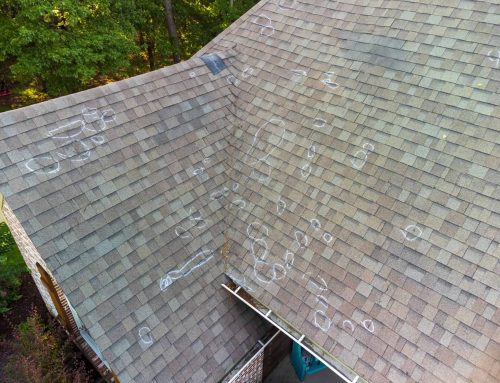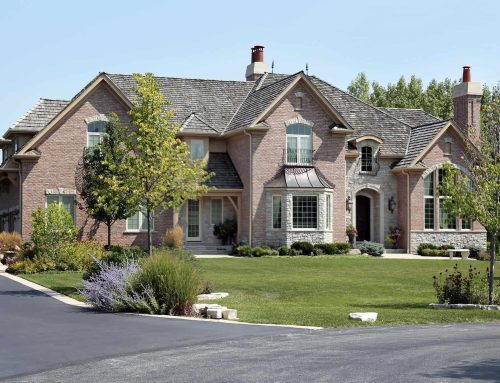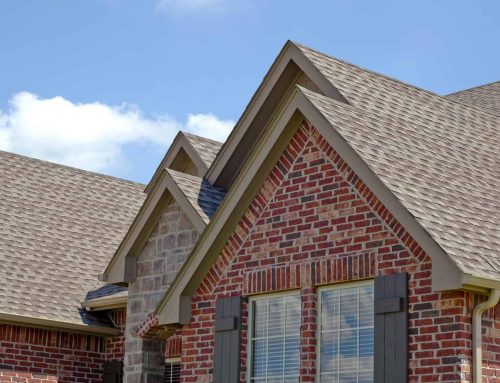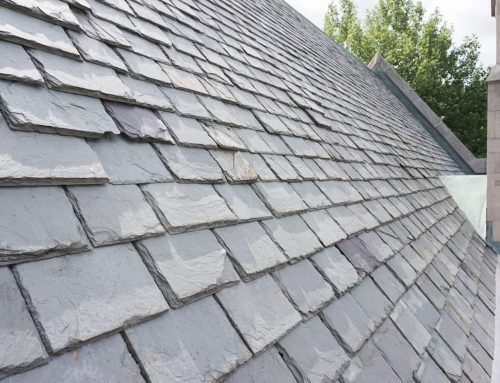There’s something undeniably appealing about the natural beauty of cedar shakes. Whether adorning a roof or covering exterior walls, these wooden elements add warmth, texture, and timeless character that synthetic materials simply can’t replicate. Walk through established Toronto neighborhoods like Forest Hill, Leaside, or the Beaches, and you’ll spot cedar shake homes that have stood for decades, their weathered wood telling stories of countless seasons. But beauty alone doesn’t make a material practical. For homeowners in the Greater Toronto Area considering cedar shakes for their next renovation or new build, the critical question isn’t whether they look good—it’s whether they can withstand the unique challenges of Toronto’s demanding climate while maintaining their appeal over the long term.
Understanding Cedar Shakes in the Toronto Context
Cedar shakes are hand-split or sawn wooden shingles traditionally made from western red cedar, though eastern white cedar is also used in some applications. The term “shake” technically refers to thicker, hand-split pieces with a more rustic, textured appearance, while “shingles” are thinner and machine-cut with a smoother finish. However, the terms are often used interchangeably, and both products offer similar performance characteristics and aesthetic appeal.
The popularity of cedar shakes in Toronto has ebbed and flowed over the decades. Historically common on homes built in the 1960s through 1980s, cedar fell out of favor during the 1990s and early 2000s as lower-maintenance synthetic options dominated the market. Recently, however, there’s been a resurgence of interest in natural building materials, driven by homeowners seeking authentic character, environmental sustainability, and distinctive curb appeal that sets their properties apart from cookie-cutter developments.
Toronto’s climate presents a unique testing ground for any exterior building material. With hot, humid summers reaching above 30°C, frigid winters plunging below -20°C, and dramatic freeze-thaw cycles in spring and fall, the GTA experiences the full spectrum of weather extremes. Add in approximately 830mm of annual precipitation, high humidity levels, and significant sun exposure during long summer days, and you have conditions that challenge even the most durable materials. Understanding how cedar shakes respond to these specific conditions is essential for Toronto homeowners considering this classic material.
How Cedar Shakes Respond to Toronto’s Climate Challenges
Winter Weather Performance
Toronto winters test the limits of building materials. Cedar shakes, despite being natural wood, have several characteristics that help them survive harsh winter conditions. Western red cedar contains natural oils and extractives that provide inherent resistance to moisture and decay. When properly installed with adequate ventilation, cedar shakes can handle snow loads, ice accumulation, and freezing temperatures without immediate deterioration.
The freeze-thaw cycles that characterize Toronto’s winters—where temperatures fluctuate above and below freezing sometimes within a single day—pose the greatest challenge. Water that penetrates into wood fibers can freeze and expand, potentially causing splits and cracks over time. However, cedar’s natural dimensional stability helps it resist this splitting better than many other wood species. The key factor is proper installation that allows moisture to drain away quickly and adequate airflow beneath the shakes to promote drying.
Ice damming, a common Toronto roofing problem, can affect cedar shake roofs. When heat escapes through the roof, it melts snow, which then refreezes at the eaves, creating ice dams that back water under shakes. While this can happen with any roofing material, cedar’s ability to shed water when dry helps minimize damage. Proper attic insulation and ventilation are crucial preventive measures for any cedar shake roof in the GTA.
Summer Heat and Humidity
Toronto summers bring their own challenges: intense UV exposure, high temperatures, and significant humidity. Cedar shakes respond to these conditions in ways that differ from synthetic materials. The natural wood fibers expand slightly in humid conditions and contract when dry, which is why proper installation with appropriate spacing is critical. This dimensional movement is normal and, when accounted for during installation, doesn’t typically cause problems.
UV exposure causes cedar to weather and develop its characteristic silvery-gray patina. Some homeowners find this weathered appearance desirable, viewing it as a sign of authentic aging and character. Others prefer to maintain the original warm, honey tones through regular treatment with UV-blocking stains or sealers. In Toronto’s climate, untreated cedar will begin to show weathering within the first year, with the color transformation completing over three to five years.
The high humidity levels common in Toronto summers can promote biological growth—moss, algae, and mildew—particularly on north-facing exposures that receive less direct sunlight. While cedar’s natural properties resist decay, surface growth can occur on any wood exposed to consistent moisture. This is more an aesthetic concern than a structural one, but it does require attention as part of a maintenance program.
Precipitation and Moisture Management
Rain, snow, and Toronto’s humid conditions mean cedar shakes regularly encounter moisture. Fortunately, cedar is naturally equipped to handle this. The wood’s cellular structure allows it to absorb and release moisture relatively quickly compared to other species. When water contacts cedar shakes during a rainstorm, the surface absorbs some moisture, but proper installation ensures water sheds downward before penetration can cause problems.
The performance of cedar shakes in wet conditions depends heavily on installation quality. Shakes must be installed over proper underlayment with adequate overlap, correct exposure, and appropriate spacing to allow for expansion. A skilled cedar roof contractor understands these nuances and ensures water management details are executed correctly. Poor installation can lead to water infiltration, trapped moisture, and premature deterioration regardless of cedar’s natural rot resistance.
Toronto’s spring and fall seasons—characterized by frequent rain, high humidity, and temperature fluctuations—create conditions where moisture management becomes critical. Cedar shakes need the opportunity to dry out between weather events. This is why ventilation beneath cedar shake roofs and behind cedar shake siding is absolutely essential in the GTA climate.
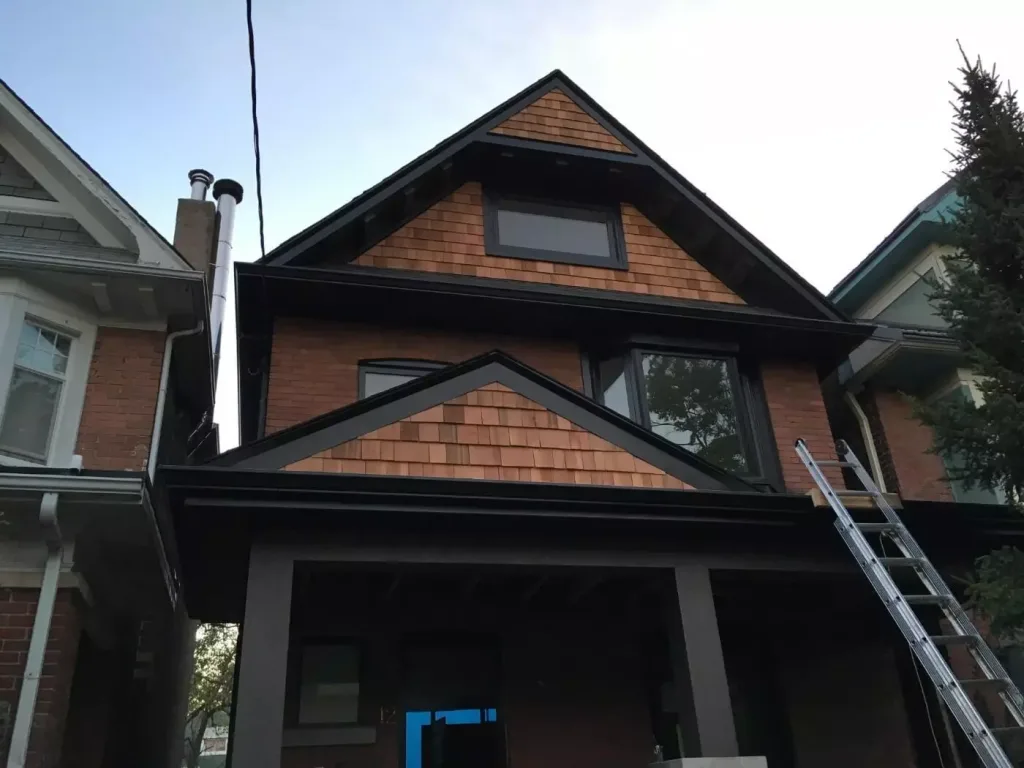
The Aesthetic and Practical Advantages of Cedar Shakes
Natural Beauty and Character
The primary reason many Toronto homeowners choose cedar shakes is their unmatched natural beauty. Each shake is unique, with its own grain patterns, texture, and color variations. This creates visual interest and depth that synthetic materials can’t truly replicate, despite manufacturers’ best efforts. Whether you choose the rustic, hand-split appearance of traditional shakes or the more refined look of sawn shingles, cedar brings organic warmth to your home’s exterior.
Cedar’s aesthetic flexibility is another advantage. It complements virtually every architectural style found in Toronto, from Cape Cod cottages to contemporary designs, Tudor revivals to craftsman bungalows. The material can be left to weather naturally to a distinguished silver-gray, or it can be stained in a wide range of colors to match your vision. This versatility makes cedar suitable for projects ranging from historical restoration in neighborhoods like Cabbagetown to modern custom builds in newer GTA developments.
The dimensional quality of cedar shakes adds shadow lines and texture that create visual depth. This three-dimensional quality changes throughout the day as sunlight shifts, giving your home a living quality that flat materials lack. For homeowners seeking to create distinctive curb appeal in Toronto’s competitive real estate market, cedar shakes make a statement that elevates a property above standard vinyl or composite-sided homes.
Environmental Considerations
For environmentally conscious Toronto homeowners, cedar shakes offer compelling sustainability credentials. Wood is a renewable resource, and cedar forests are typically managed for long-term sustainability. The manufacturing process for cedar shakes requires far less energy than producing synthetic siding or roofing materials, resulting in a smaller carbon footprint.
At the end of their lifespan, cedar shakes are fully biodegradable. Unlike vinyl siding that sits in landfills for centuries, old cedar shakes decompose naturally or can be chipped for mulch. In an era where Toronto increasingly emphasizes green building practices and environmental responsibility, this matters to many homeowners making exterior material decisions.
Cedar also provides natural insulation properties superior to thin synthetic alternatives. While not a replacement for proper wall or roof insulation, cedar’s cellular structure does contribute to your home’s thermal performance, potentially reducing heating and cooling costs in Toronto’s temperature extremes.
Acoustic and Insulation Benefits
Beyond aesthetics and environmental factors, cedar shakes provide practical performance benefits. The material’s density and texture help dampen exterior noise—a valuable characteristic in urban Toronto neighborhoods near busy streets, transit lines, or commercial areas. Homes with cedar shake siding often feel quieter inside than those with thin vinyl siding.
The natural insulating properties of wood, combined with the air space created behind properly installed cedar shakes, contribute to improved thermal performance. While the R-value isn’t dramatically high, every bit helps when managing Toronto’s extreme temperature swings and the associated heating and cooling costs.

Maintenance Requirements and Longevity in Toronto’s Climate
Regular Maintenance Needs
Understanding cedar shake maintenance requirements is crucial for Toronto homeowners. Unlike vinyl siding that needs only occasional washing, cedar demands more attention. The extent of maintenance depends on several factors: whether you choose to let the wood weather naturally or maintain its original color, the exposure to weather elements, the quality of installation, and your home’s specific microclimate.
For homeowners who prefer to maintain cedar’s natural warm color, treatment with stains or sealers is necessary every three to five years, depending on exposure and product quality. South and west-facing surfaces receive the most intense sun and require more frequent attention than north-facing areas. These treatments protect against UV damage, help repel moisture, and inhibit biological growth.
Even if you embrace the natural weathering process, maintenance isn’t eliminated entirely. Annual inspections should check for damaged or split shakes, areas where biological growth has established, and signs of moisture problems. Cleaning to remove debris, moss, and algae should be performed as needed—typically every one to two years in Toronto’s climate. Damaged shakes should be replaced promptly to prevent water infiltration behind the weather barrier.
Proper maintenance also includes keeping gutters clean and ensuring water drains away from cedar-sided walls. Toronto’s heavy spring rains and fall leaf accumulation make gutter maintenance particularly important. Water overflowing from clogged gutters onto cedar siding can cause premature deterioration and staining.
Expected Lifespan
When properly installed and maintained, cedar shake roofs can last 20-40 years in Toronto’s climate, though 25-30 years is more typical for average conditions and maintenance levels. Cedar shake siding often lasts even longer—30-50 years or more—because it isn’t subjected to the same direct weather exposure as roofing. These lifespans assume regular maintenance and quality installation by experienced professionals.
Compare this to asphalt shingles (15-25 years), vinyl siding (20-30 years, though often requiring replacement or repair sooner), and fiber cement siding (30-50 years), and cedar’s longevity is competitive, especially considering its aesthetic advantages. The key difference is that cedar requires more active maintenance to achieve these lifespans, while synthetic materials are more passive in their maintenance needs.
Cost Considerations
Cedar shakes represent a premium investment compared to standard roofing or siding options. Material costs are higher than asphalt shingles or vinyl siding, and installation requires specialized skills that come at a premium. For Toronto homeowners, expect to pay 50-100% more for cedar shake installation compared to standard asphalt shingle roofing, and 30-70% more than vinyl siding for exterior walls.
However, evaluating cost requires looking beyond initial installation. Factor in longevity, aesthetic value, environmental benefits, and potential property value increases. Many Toronto homeowners find the investment worthwhile, particularly in neighborhoods where architectural character is valued. Additionally, the ongoing maintenance costs—treatments, cleaning, occasional shake replacement—should be budgeted for as part of total ownership costs.
Cedar Shakes Compared to Alternative Materials
Cedar vs. Vinyl Siding
The comparison between cedar shakes and vinyl siding represents a choice between natural authenticity and low-maintenance convenience. Vinyl siding costs less initially, requires minimal maintenance, and resists moisture damage. For budget-conscious Toronto homeowners or those who prioritize convenience, vinyl makes sense.
Cedar shakes, however, offer superior aesthetics, better environmental credentials, improved insulation and acoustic properties, and greater design flexibility. The natural material develops character over time rather than simply aging. In Toronto’s established neighborhoods, cedar often commands better resale value and enhances curb appeal more effectively than vinyl. The trade-off is higher initial cost and ongoing maintenance requirements.
Cedar Shakes vs. Fiber Cement
Fiber cement has emerged as a popular middle-ground option—it can mimic wood’s appearance while offering durability and relatively low maintenance. For Toronto homeowners, fiber cement performs well in harsh weather and doesn’t require the regular treatments cedar needs. It won’t rot, split from moisture, or support biological growth.
However, fiber cement lacks the authentic texture and dimensional quality of real wood. It’s also heavy, requiring robust installation, and while it can be painted any color, it doesn’t develop the natural patina cedar achieves. The choice often comes down to whether authentic wood character justifies the additional maintenance, or whether a durable wood-look alternative better suits your lifestyle and priorities.
Cedar Roofing vs. Asphalt Shingles
For roofing applications, asphalt shingles dominate the Toronto market due to their affordability and adequate performance. They’re reliable, widely available, and familiar to all roofing contractors. For straightforward roof replacement on typical homes, asphalt makes economic sense.
Cedar shake roofing, by contrast, offers distinctive beauty, natural insulation properties, and longevity that can exceed standard asphalt. It’s particularly appropriate for heritage homes, premium properties, and situations where architectural character is paramount. The higher cost and maintenance requirements mean cedar roofing isn’t for everyone, but for those who value its characteristics, no synthetic alternative fully replicates the experience.
Making the Cedar Shake Decision for Your Toronto Home
Choosing cedar shakes for your Greater Toronto Area home—whether for roofing or siding—is a decision that balances aesthetic preferences, practical considerations, maintenance commitment, and budget reality. Cedar performs well in Toronto’s challenging climate when properly installed and maintained, offering beauty and character that synthetic alternatives can’t match.
The material is particularly appropriate for certain situations: homes in neighborhoods where architectural character is valued, properties where environmental sustainability is a priority, historical renovations requiring authentic materials, and homes where distinctive curb appeal justifies the premium investment and maintenance commitment. For homeowners willing to embrace cedar’s maintenance requirements, the rewards include a home exterior that develops character over time and stands out in Toronto’s diverse residential landscape.
If you’re considering cedar shakes for your Toronto home—whether for a new roof, re-roofing project, or exterior siding—working with experienced professionals familiar with the material’s specific requirements in the GTA climate is essential. Proper cedar roof installation makes the difference between cedar that performs beautifully for decades and cedar that disappoints through premature deterioration.
Ontario Downspout Service has extensive experience with cedar shake installations throughout the Greater Toronto Area. Our team understands the nuances of working with natural wood materials in Toronto’s climate and can provide expert guidance on whether cedar shakes are the right choice for your specific project. From initial assessment through proper installation that accounts for moisture management, ventilation, and long-term performance, we’re committed to helping you achieve the results you envision. Contact Ontario Downspout Service to discuss your cedar shake roofing or siding project and discover why thousands of GTA homeowners have trusted us with their exterior renovations.


